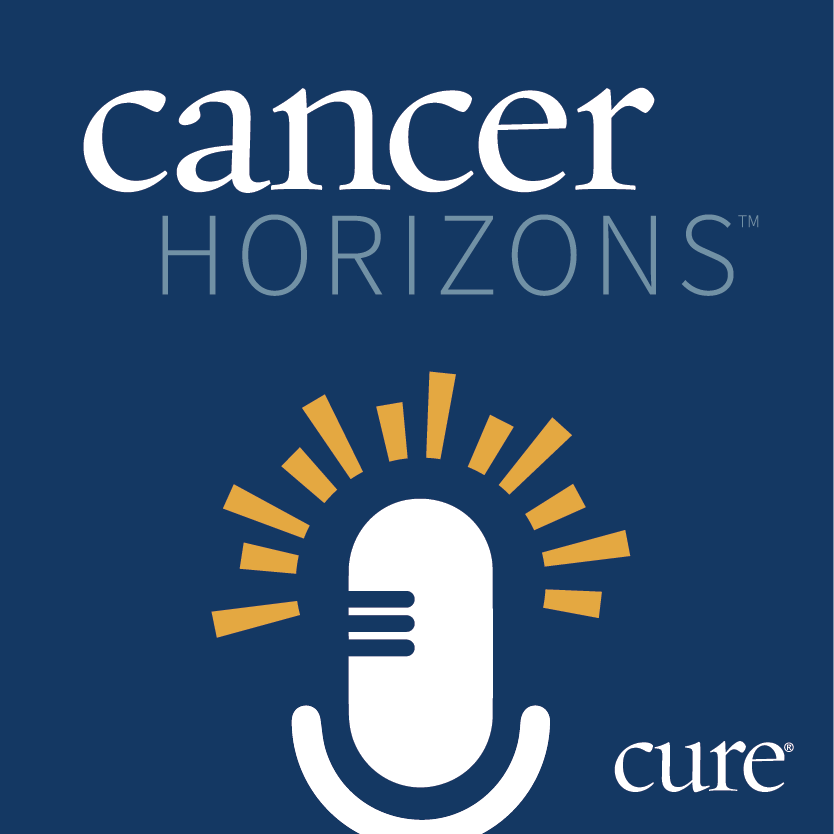Article
Making Sense of the Prostate Cancer Screening Debate
Author(s):
The continuing contentious debate about screening for prostate cancer remains top of mind among the public and lay press.
The continuing contentious debate about screening for prostate cancer remains top of mind among the public and lay press, but Leonard G. Gomella, professor and chairman of the Department of Urology at the Sidney Kimmel Cancer Center at Thomas Jefferson University in Philadelphia, Penn., said the decision to screen or not to screen boiled down to “using common sense, shared decision making, and choosing the right patients to screen.”
At the heart of the debate is the US Preventive Services Task Force (USPSTF) recommendation against PSA-based screening. The task force gave the screening test a grade D back in May 2012, but Gomella stressed that a careful reading of the full recommendation is necessary, he told attendees at the 8th International Prostate Cancer Congress.
“If you read the fine print, the recommendation says to discuss the treatment options with your patient and that screening could be conducted on an every-other-year basis,” he said.
That’s not to say that the recommendation is not without flaws, however. “The recommendation missed some important concepts,” he continued. “It focused on complications of treatment—incontinence, erectile dysfunction and rectal injury—but not on the value of screening and the amount it has saved the healthcare system.”
Additionally, the recommendation discussed population screening, “but ignored African Americans, the effect of family history and morbidity associated with prostate cancer. And most importantly, no one on the task force has actually treated patients with prostate cancer,” Gomella noted. The latter point has spurred the introduction of legislation that could reform the task force by requiring consultation with experts who treat the specific disease in question.
The case for screening is a good one with five-year relative survival in men diagnosed with prostate cancer approaching 100 percent, said Gomella. Prostate cancer mortality was on the decline before the task force issued its recommendation, but it’s not clear if screening was the sole contributor. Most likely it was “a combination of increased screening and better therapy,” he said.
But recent findings presented at the 2015 Genitourinary Cancers Symposium suggest a deleterious effect of the task force guidelines. Researchers found that between 2011 and 2013, there was a 6 percent increase in the diagnosis of intermediate or higher risk prostate cancer in men and concluded that many more deaths could result from this disease. They made no determination whether a decline in PSA screening was the cause.
The results of two large screening trials suggest that the ideal candidates for PSA screening are men who are at high risk of prostate cancer, older men, those with a family history, those who are at high risk of suffering morbidity and mortality from the disease, and men who are in good health and are asymptomatic with a life expectancy of 10 to 15 years.
Other diseases experience conflicting recommendations as well, said Gomella. “Breast, lung and thyroid cancer recommendations run into similar problems. With prostate cancer, there are many men with false negatives, but few with prostate cancer. This suggests we have to refine our screening efforts: do it smarter, do it better, and avoid overtreatment.”
One emerging tool that might help clinicians are new genomic tests, and several are currently available, including the Genomic Health Oncotype DX prostate cancer test and the Myriad Prolaris test. It is hoped that genomic tests will help stratify patients with localized prostate cancer based on disease aggressiveness. “It will become more important to incorporate these tests in deciding who is at the biggest risk for not treating early prostate cancer,” said Gomella.
Gomella recommended better education for primary care physicians because not all prostate cancer needs treatment when detected, shared decision making with the patient, restricting screening and biopsy to high-risk groups of healthy men, less frequent PSA screening if the patient is at low risk or has a low PSA, and to consider incorporating newer tests that correlate with cancer aggressiveness to lessen the chance of overdiagnosis and overtreatment.




